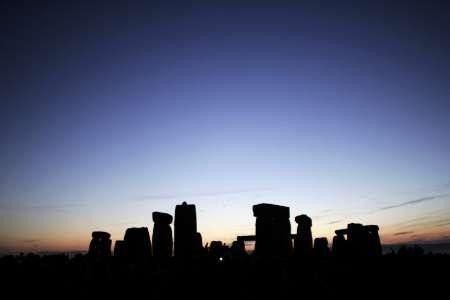Scientists claim glaciers are the reason for Stonehenge’s formation

The rocks of Stonehenge were moved by glaciers, instead of being dragged by humans, according to a team of Welsh researchers. The new study disproves previous claims that the stones were transported 140 miles from Wales to Salisbury by human intervention.
The team of Brian John, Dr Dyfed Elis-Gruffyd and John Downes have now published a report disproving that the holes, that lead Mike Parker Pearson to believe that the stones used in Stonehenge were a part of an earlier monument, are actually holes unintentionally created by the discoverers themselves during years of highly selective sediment and clast removal.
Brian John said that these holes were formed naturally. The famous stones of Stonehenge were actually brought by the movement of glaciers over half a million years ago. The team accepts that there may have been temporary encampments near the site, but these were used by hunters instead of quarrymen.
“There is substantial evidence in favour of glacial transport and zero evidence in support of the human transport theory,” the researchers said. “We accept that there might have been a camp site at Rhosyfelin, used intermittently by hunters over several millennia. But there is no quarry.”
“We are sure that the archaeologists have convinced themselves that the glacial transport of erratics was impossible. We are not sure where they got that idea from,” the researchers added. “We think the archaeologists have been so keen on telling a good story here that they have ignored or misinterpreted the evidence in front of them.”
John noted that Pearson's discovery was interesting but offered no clues about how the rocks were moved hundreds of miles manually. Further excavations of the quarries are planned for 2016. Scientists would have to wait until the key to unlocking the landmark’s secret is revealed.
Contact the writer at feedback@ibtimes.com.au or tell us what you think below.




















